- News
- Reviews
- Bikes
- Accessories
- Accessories - misc
- Computer mounts
- Bags
- Bar ends
- Bike bags & cases
- Bottle cages
- Bottles
- Cameras
- Car racks
- Child seats
- Computers
- Glasses
- GPS units
- Helmets
- Lights - front
- Lights - rear
- Lights - sets
- Locks
- Mirrors
- Mudguards
- Racks
- Pumps & CO2 inflators
- Puncture kits
- Reflectives
- Smart watches
- Stands and racks
- Trailers
- Clothing
- Components
- Bar tape & grips
- Bottom brackets
- Brake & gear cables
- Brake & STI levers
- Brake pads & spares
- Brakes
- Cassettes & freewheels
- Chains
- Chainsets & chainrings
- Derailleurs - front
- Derailleurs - rear
- Forks
- Gear levers & shifters
- Groupsets
- Handlebars & extensions
- Headsets
- Hubs
- Inner tubes
- Pedals
- Quick releases & skewers
- Saddles
- Seatposts
- Stems
- Wheels
- Tyres
- Health, fitness and nutrition
- Tools and workshop
- Miscellaneous
- Buyers Guides
- Features
- Forum
- Recommends
- Podcast
feature
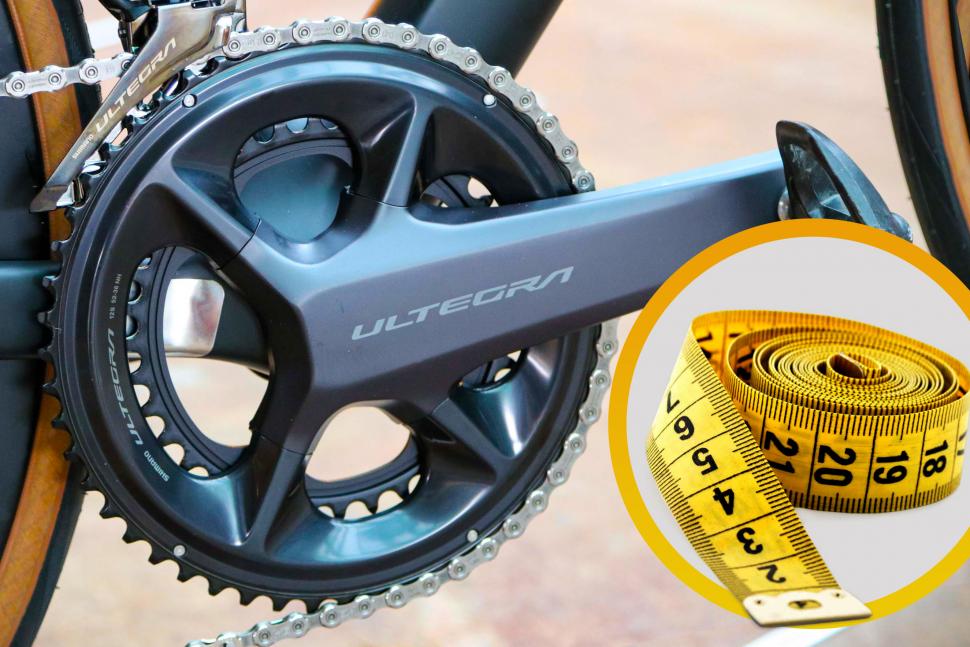 Shorter cranks lead image (road.cc)
Shorter cranks lead image (road.cc)Should you fit shorter cranks on your bike? Find out why bike fitting experts recommend going shorter
As more and more people seem to be talking about crank length on the bike nowadays, we've turned to the experts to see if you too should be using shorter cranks. Bike fit specialists are increasingly recommending a move away from the accepted wisdom of yore, especially for riders with hip issues, time trial riders and anyone who wants to get into a really deep tuck. Let's find out why...
For decades, the accepted wisdom in road cycling was that male riders of average height should be on cranks that are about 170mm or 172.5mm long. But, in the last few years, a quiet revolution has been underway, as more and more people seem to be talking about crank length with bike fit experts recommending shorter cranks for many riders. What’s going on?
Some advantages of shorter cranks have long been known. If you don’t lift your knees as high as you pedal, you increase the angle between the bones of the leg, the femur and tibia, and that can reduce the peak load on the knee, reducing the risk of injury. Similarly, shorter cranks open up the angle at the hip. Depending on your riding priorities, that can allow you a deeper tuck for the same hip angle, or a more comfortable pedalling action if you have any hip problems.
But it was long thought that there was a price to pay for all this: shorter cranks meant less leverage and that in turn meant less power.
The crank length revolution
Phil Burt was lead physiotherapist at British Cycling for 12 years and consultant physiotherapist for Team Sky for five years. He now has his own bike fit and physiotherapy practice, Phil Burt Innovation, which has brought him into contact with hundreds of ordinary riders like us, as well as the elite cyclists he used to look after.
> The most common bike fit mistakes and how to avoid them
In his Bike Fit book he writes: “I've had a suspicion that crank length is the elephant in the bike fit studio for a long time and, although we saw the aero benefits of shortening cranks for time trials and pursuit during my time with British Cycling, since working with a wide range of riders I've really seen the impact it can have on both comfort and power production. This almost Damascene realisation … regarding crank length is probably the most significant and impactful thing I've learned since working with a broader range of cyclists.”
Burt explains the research that led to experts like himself taking another look at shorter cranks. Paul Barratt who was the biomechanist at British Cycling and previously head of performance at Ineos Grenadiers, did his PhD with Dr Jim Martin and they were looking at whether crank length was actually relevant to power. "We all grew up believing that if you’re bigger, with longer legs, you need a longer lever, so you can match that to your power. Well, they totally blew that apart", says Burt.
In his book, Burt cites his favourite example: “The analogy I often use with clients is, if you had a one-metre plyometric box and a 15-centimetre step and I offered you £100 to jump onto one a hundred times, which would you pick? Of course you'd want to pedal a smaller circle and shift any problems to your gears rather than your ankles, knees, hips and lower back.”
Phil Cavell, co-founder of London bike fit specialists CycleFit, agrees, explaining that the discovery that shorter cranks don’t affect power, “liberated [bike fitters] because what it meant was that crank length became a function of two things. One is hitting your flexion ranges and the second is your taste, what you like.
“What we find is if someone's got a hip flexion constraint, if you shorten their crank length by 5mm or 7mm they just pedal better, their pedal stroke becomes way more fluid. Their body's not compensating and adapting around this biomechanical constraint so you get more power more evenly in a safer environment. So their knees don’t hurt, and particularly their hips don't get injured.
“So in one sentence, short cranks is very safe and protective of your body. That's the kind of big takeaway there.”
Burt points out that long cranks can actively prevent riders from being comfortable and attaining an optimal pedalling rate. “Quite often people will say to me, I really struggle to get up to 80, 90 cadence. That's because they’re on a massive crank length and it closes the hip up at the top. So it causes discomfort and they wobble around.”
Luke Craddock of Synergy Performance adds: "Crank length is a very hot topic within cycling currently. As a bike fitter who sees around 5-10 people a week, it is definitely a common area we discuss and experiment with. If I was to provide general advice here, cranks are more often than not too long for people.
"The clients I am helping are most likely suffering some kind of discomfort. Discomfort on the bike is due to the body compensating with how it connects to the bike, and the subsequent effect this has on the biomechanics of a rider. Tightness, lack of mobility or impingement within the hip are all common issues that can affect the stability and symmetry of a rider on the saddle. Add in desk jobs and a busy life without time for stretching, and it's likely you would benefit from a shorter crank.
"Ask yourself: Am I a short limb, long torso person for my size? Am I wanting to perform and produce power at an aggressive hip closure angle (like on a TT or triathlon bike)? Do I like to spin a higher cadence to produce power? These may also be pointing towards a benefit for going shorter.
What are the advantages of shorter cranks?
> The things I learnt from a professional bike fit
So, why would you consider moving to shorter cranks? What benefits can they offer?
As well as pro cyclists (the Ineos Grenadiers are known to be keen on speccing short cranks for their riders), one group of athletes that have embraced shorter cranks is the swim-bike-run crowd: triathletes. Burt has looked after British Triathlon's fit process working with the likes of the Brownlee brothers and Alex Yee.
He says, "They found that dropping crank length helped them hold a more aero position and a better position, but when they're transitioning to running, they felt much freer. You can translate that to anybody who’s got a lower back problem.”
Luke Craddock says: In short it [shorter cranks] reduces the closure angle at the hip, which can improve the stability within the pelvis on the saddle as you complete a full rotation of the crank.
"If we can improve a rider's symmetry and overall stability within how they connect with the bike, then the list of benefits can be endless.
"If we can therefore promote a rider to tilt their body forwards then surely there is an aerodynamic benefit as well."
These aerodynamic benefits are well established, and in the lead-up to the 2016 Rio Olympics, Burt says he and Team GB's support squad made the decision to put riders on 165mm cranks.
“Bradley [Wiggins] heard that and said to me ‘I should change.’ And he was on 177.5mm cranks and he dropped down to 170mm in one go, then 165mm the next day. He dropped his front end 30 millimetres and got a three and a half percent drop in CdA [drag coefficient] on the track. That's a man who won the Tour de France right? Well, you wouldn't say he had a bad position would you?”
Dealing with elite riders, Burt says, “you become very risk averse to threatening someone's performance,” but he now says “I'm yet to meet a rider who wouldn't benefit from shorter cranks.”
Of course, it’s not just a matter of a change of cranks, as there will be other adjustments to your position depending on what you’re trying to achieve. You’ll want to raise your saddle to accommodate the shorter cranks, and perhaps your handlebars too, or you might leave them where they are and take advantage of the deeper position you can now achieve.
You might even find your saddle feels more comfortable. “With shorter cranks, peaks in saddle pressure are reduced, and I've seen many riders experience a significant reduction in saddle discomfort by reducing crank length,” Burt writes in Bike Fit.
Signs you might need shorter cranks
What if you think everything’s fine with your current crank length? Is there any way to tell if you might benefit from shorter cranks? Determining how a change in crank length will affect someone isn’t always straightforward, but there are a few telltale signs that can indicate whether shorter cranks might be beneficial. Hip pain or any other hip problem is the big giveaway, but Phil Cavell says there’s a more subtle tell.
“In the absence of any pain or discomfort, what they might find is that as they get to the top of the pedal stroke, their knee is abducting, and that means going to the outside. If one or both knees are moving laterally to the outside, at the top of the pedal stroke that's a sure sign that there's a constraint and a shorter crank might be more comfortable, more efficient, etc," he says.
Cavell also has strong advice for anyone who has a known medical hip condition: “Anyone who's had hip issues, impingement, an accident or an injury, or they've got a family history of hip replacements, or partial hip replacements, all those people should pre-emptively look at a shorter crank.”
> What is the best crank-length for off-road cycling?
Luke Craddock agrees and explains that tightness, inflexibility in the hips, or flaring knees can be signs of compensating at the top of the pedal stroke, and recommends an at-home testing method to see if you could benefit:
"While in your most aggressive yet sustainable riding position you like to use, pedal backwards at a slow 60rpm. If you feel the 12 o'clock part of the pedal stroke is more restricted, harder to access or even impinged than the rest, then absolutely, the benefit could be great. If you are also suffering knee pain, saddle discomfort or lower back pain, this could also be a sign that your crank length needs to be optimised."
What are the disadvantages of shorter cranks?
Switching to shorter cranks typically requires you to pedal faster to generate the same power. This is because shorter cranks provide less torque (leverage), meaning you’ll need to increase your cadence to maintain the same power output. Consequently, shorter cranks won't work for a few riders.
Phil Cavell explains: “Some people have a problem with cadence that they can't lift their cadence from [say] 87 to 91, for whatever reason, then they are going to lose a bit of power. There's no need for them to lose that power if they've got an extremely good hip inflexion range. So if someone’s got a great hip inflexion range, but they do have a tendency to low cadence, why change their crank? The longer cranks are almost certainly going to work better for them.”
If you do switch to shorter cranks, you can expect an adaptation phase as your body gets used to the new position, but it might not take as long as you think.
Cavell adds: “Generally going from 170 to 165, there’s a very short adaptation phase. It can almost be at the end of the [bike fit] session.
“At the end of the session, they're done, they're fine. They’re acclimatised and for some people, it’s an epiphany. They were cycling in pain, they feel discombobulated, they feel uneven and wonky, and then you put them on a shorter crank, and suddenly they can pedal better. So for them the adaptation is really rapid. But for other people it can be a bit longer. If you go from 175 to 165 that can take longer.”
Luke Craddock says: "Apart from the cost, I wish I could sit here and list some counter arguments for why longer cranks would be better, but they would not be true.
"It's a personal preference thing of course, and I don't recommend changing to shorter cranks for every rider I see. Long lever, tall riders with great hip mobility do still come through my fitting studio. The best method is to find a clinical or professional bike fitter who can help guide you through the benefits for you. Everyone is different, and so is the approach or outcome of changing cranks."
So minor downsides, or none at all really according to Craddock. Let’s give the final word to Phil Burt: “Cranks are the most common component I change for riders who come to me for a fit, and the impact is often a game changer.”
Short crank manufacturers
Among the three major groupset manufacturers - Shimano, SRAM, and Campagnolo - both Shimano and SRAM offer road cranksets as short as 160mm, while Campagnolo doesn't list any cranks shorter than 165mm in its current lineup.
> 2024 Sram Red AXS vs Shimano Dura-Ace R9200: which top-tier road groupset is best?
Shimano's top-tier Dura-Ace 12-speed groupsets are available in seven crank lengths of 160, 165, 167.5, 170, 172.5, 175, and 177.5mm, while Ultegra and 105 offer five lengths of 160, 165, 170, 172.5, and 175mm.
Shimano's GRX gravel groupset is currently available only in 170, 172.5, and 175mm crank lengths. However, we’ve been informed that a shorter 165mm crank option will soon be added to the RX610 series of Shimano's 11-speed groupset, though it will not be available in the most recent 12-speed lineup yet.
SRAM has also jumped on the trend towards shorter cranks, offering 160mm options in their top-tier Red groupset, as well as in the lower-tier Rival groupset. Additionally, SRAM provides 160mm cranks for their gravel groupset, Apex. SRAM's Red groupset is available in crank lengths of 160 to 175mm, while Force offers lengths from 165mm to 177.5mm.
Campagnolo, the oldest of the three major groupset manufacturers, offers its Super Record Wireless groupset in only four crank lengths: 165mm, 170mm, 172.5mm, and 175mm.
However, there’s a bit of a difference between what’s listed on manufacturer's websites and what you can actually buy. 165mm cranks are reasonably easy to find, but smaller riders who might want to switch to 160mm cranks (a size Burt says is “completely appropriate” for smaller riders, who tend to be more women than men) may find it harder, though this is gradually improving.
Shorter cranks are available from smaller manufacturers who specialised in solving fit problems or are addressing the triathlon market. Rotor Aldhu cranks, for example, come in lengths as short as 150mm, while if you want something a bit less spendy FSA Gossamer cranks are available in lengths of 155mm. For those looking for ultra-short options, Jcob cranksets, designed by John Cobb, offer lengths down to 145mm.
Conclusion
While shorter cranks may not be ideal for everyone, many cyclists could benefit from them. Experts highlight several advantages of using 165mm cranks (for a typical adult male rider):
- They enable a deeper, more aerodynamic riding position for sprinters and time triallists
- They allow more fluid, comfortable pedalling
- They can reduce or eliminate lower back, hip and knee pain
- For triathletes the transition from cycling to running becomes easier
- Shorter cranks can make your saddle comfier
What crank length do you use? Let us know in the comments section below.
Emily is our track and road racing specialist, having represented Great Britain at the World and European Track Championships. With a National Title up her sleeve, Emily has just completed her Master’s in Sports Psychology at Loughborough University where she raced for Elite Development Team, Loughborough Lightning.
Emily is our go-to for all things training and when not riding or racing bikes, you can find her online shopping or booking flights…the rest of the office is now considering painting their nails to see if that’s the secret to going fast…
Latest Comments
- Stephankernow 5 sec ago
If the law says no cars, its no cars, If it says no cycling, Its no cycling. Do as I do dismount and walk or re-route....
- Carmic0 55 min 22 sec ago
Nice to see the Passoni with external cabling.
- Rendel Harris 1 hour 15 min ago
It was in 2005, I'm not sure what relevance that has, tragic as it was; the killer was a paranoid schizophrenic who had just walked out of a...
- mattw 4 hours 58 min ago
The cycle path issue illustrates a really difficult problem....
- mattw 5 hours 42 min ago
It's owned by the same company. It is hyper-junk.
- mark1a 5 hours 36 min ago
Yes, I agree, and thanks for replying, what I was trying to say (badly) was that Look wasn't really a bike company back then. ...
- George Hill 9 hours 39 min ago
Foxcote Hill in Ilmington - it's steep, it's not too long, and once you get to the top you can see the for miles across the Cotswolds....
- stonojnr 9 hours 47 min ago
well at least they didnt go for British Racing Green as well ,as then theyd have two trademark licensing cases up against them....
- Laz 10 hours 46 min ago
I think the best solution would be to automatically charge every driver who hits a cyclist on the road with attempted murder, and plain murder in...
- David9694 11 hours 59 min ago
Car crashes into front of home in Briggs Mead, Wymondham...

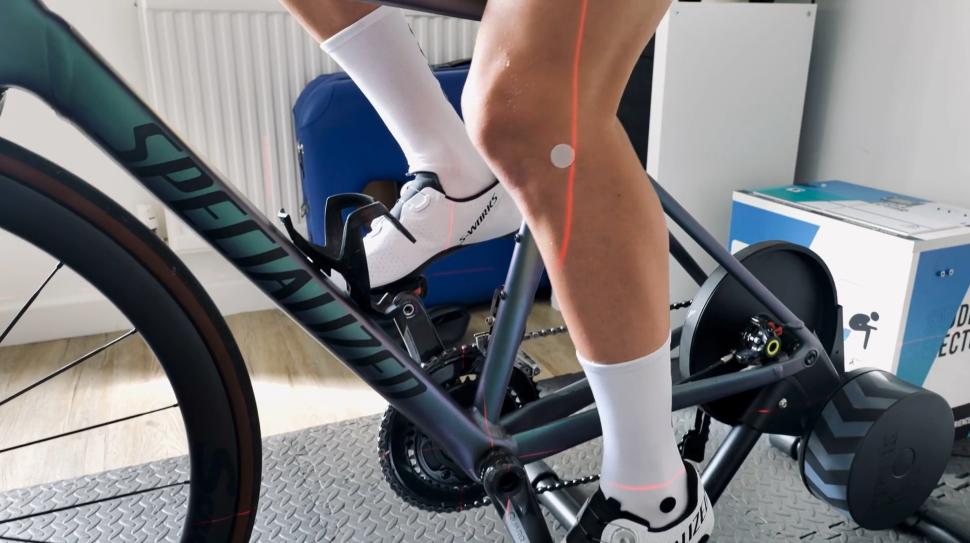
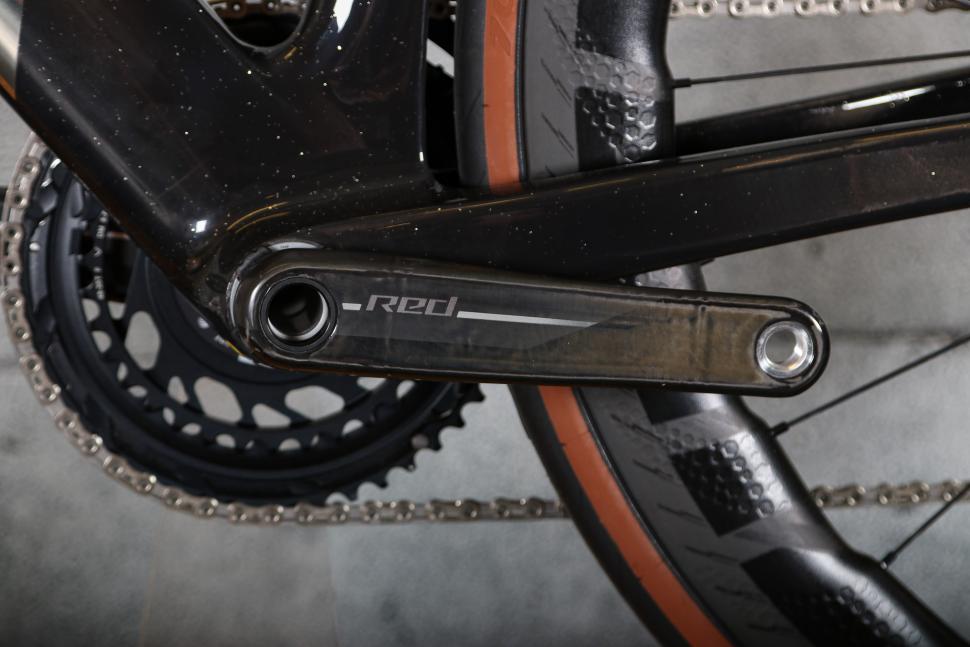

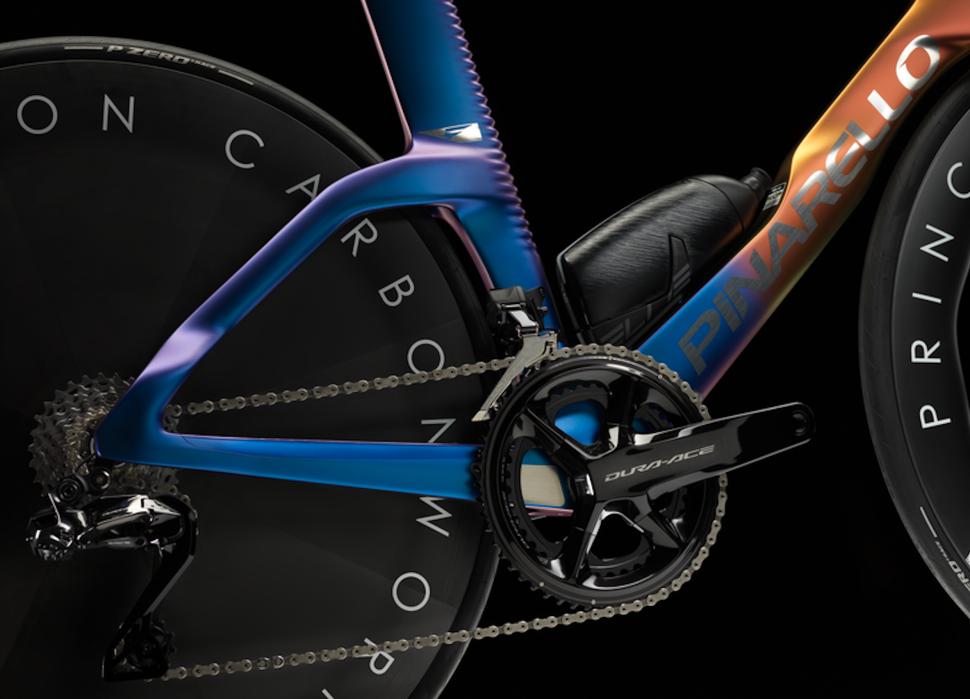

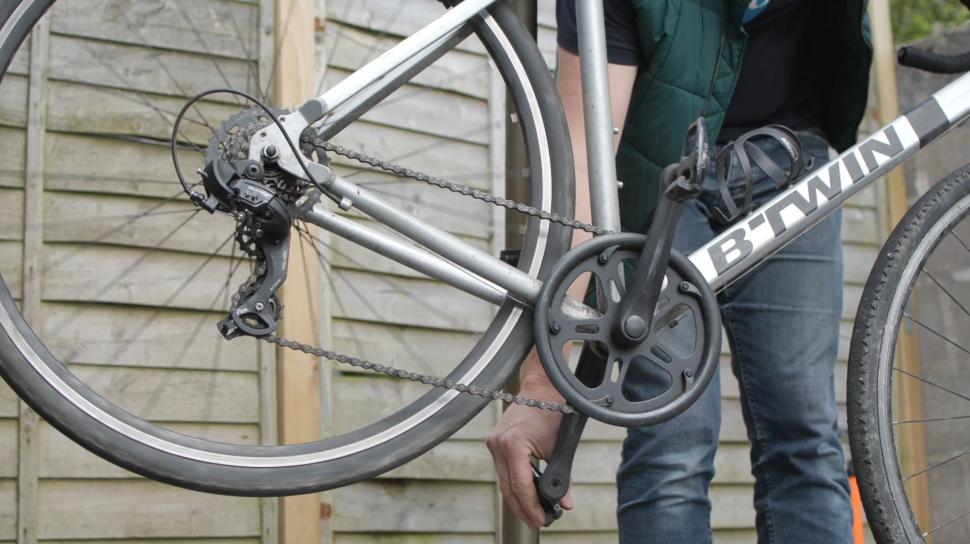
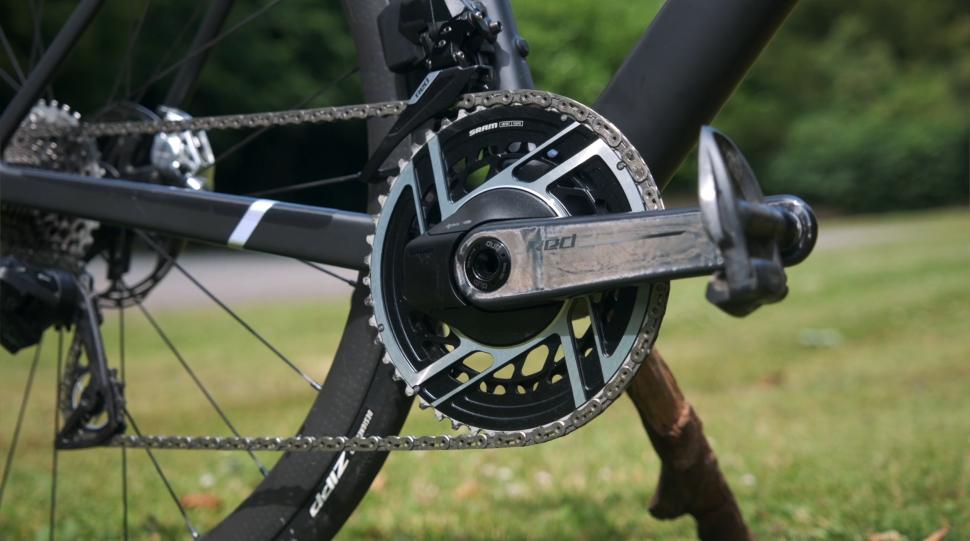
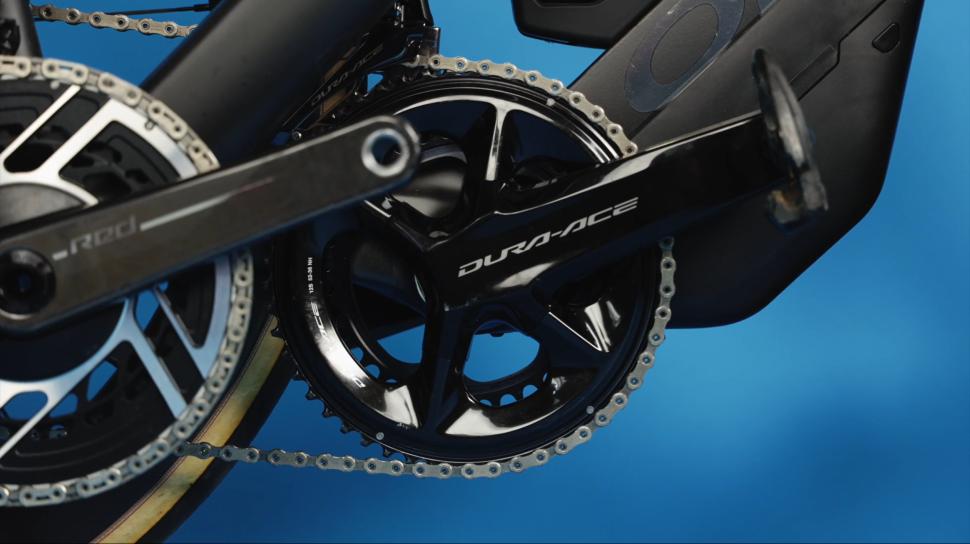

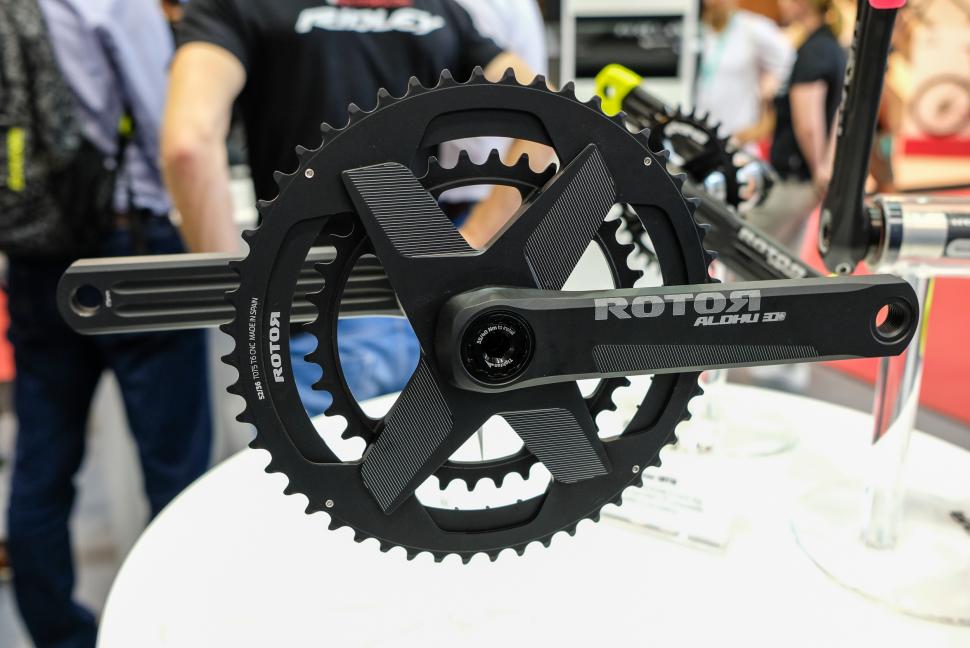
Add new comment
38 comments
Height if bb above ground either by different frame geometry or smaller wheels is an issue for shorter cranks
Ahead of his time again. Mike Burrows was advocating shorter cranks years ago.
John Cobb too. John Cobb has been recommending and sellling shorter ctanks for a few years. I am still on 170s.
And many others in the recumbent world - I went from 170 to 140 some years back, and never looked back, and several manufacturers offer 155 as a standard option.
Did you use Ultegra as a photo just to annoy some regulars here ?
Immediately clocked it and yes after my just out of warranty Ultegra failure I could feel the hackles rise.
I found Ultegra's self-shortening feature to not be very helpful at all
My Ultegra was changed easily under the replacement recall. Wish I'd thought to ask for 165 cranks
Pages